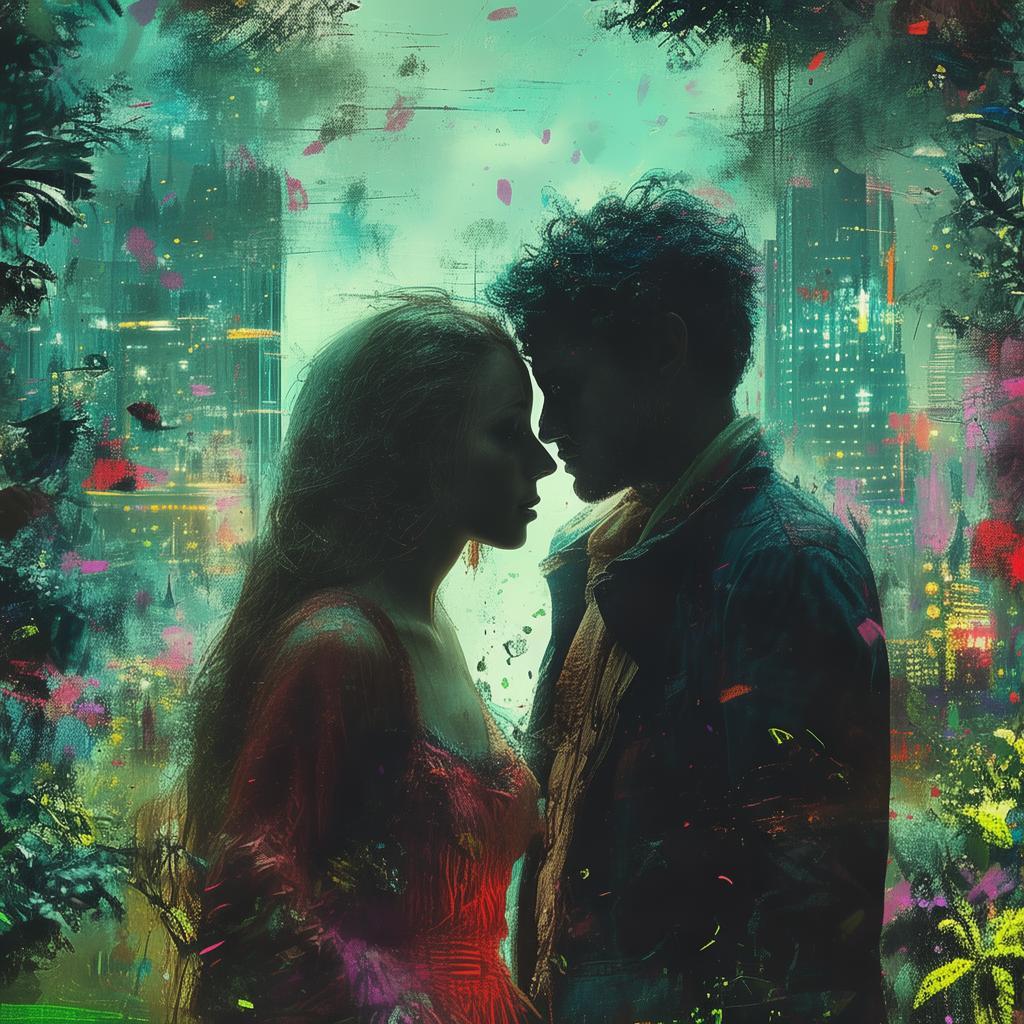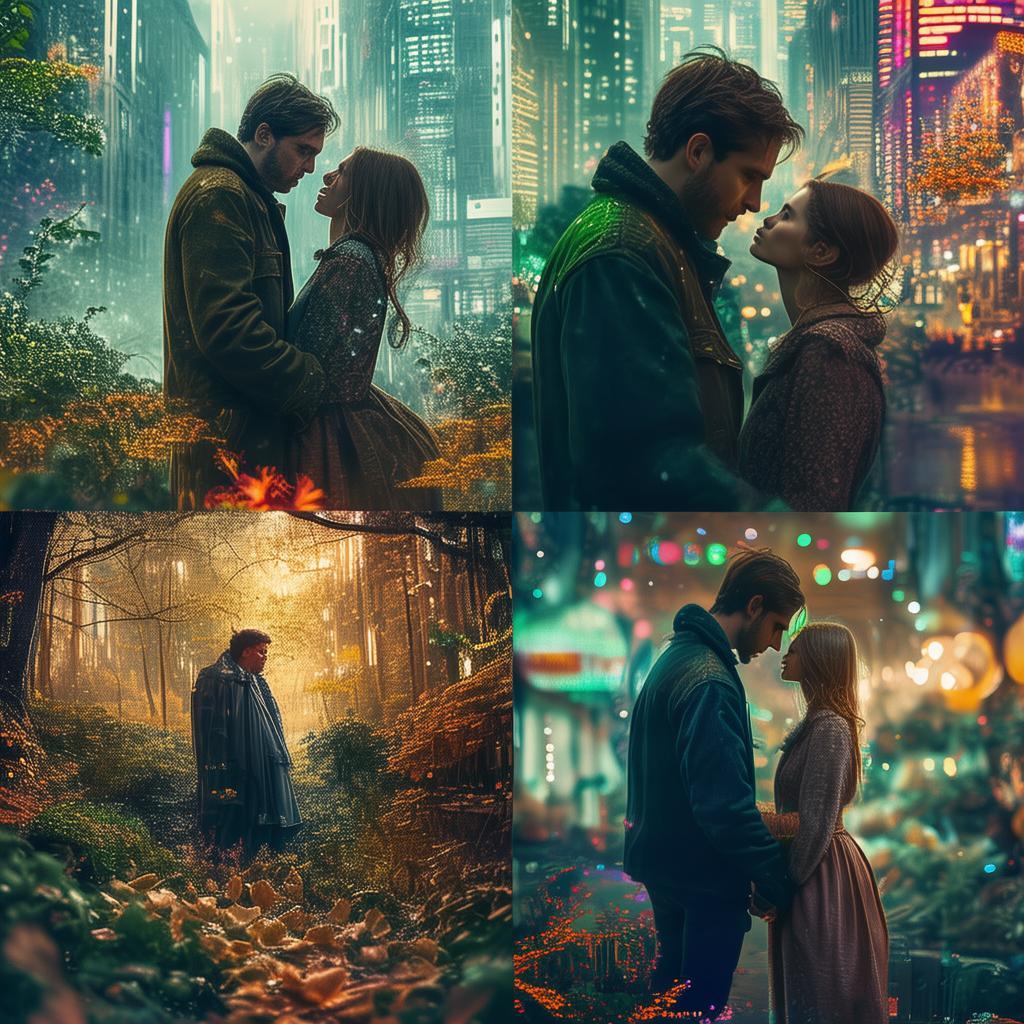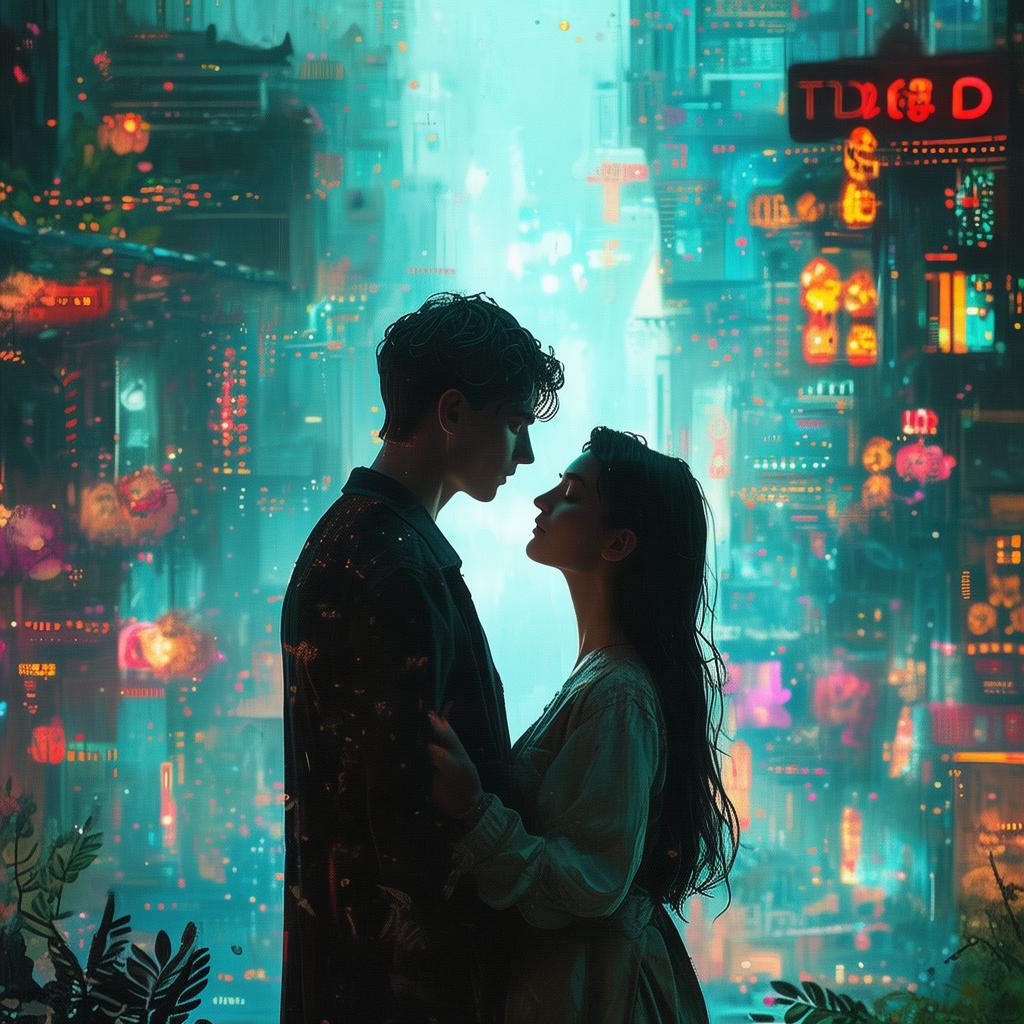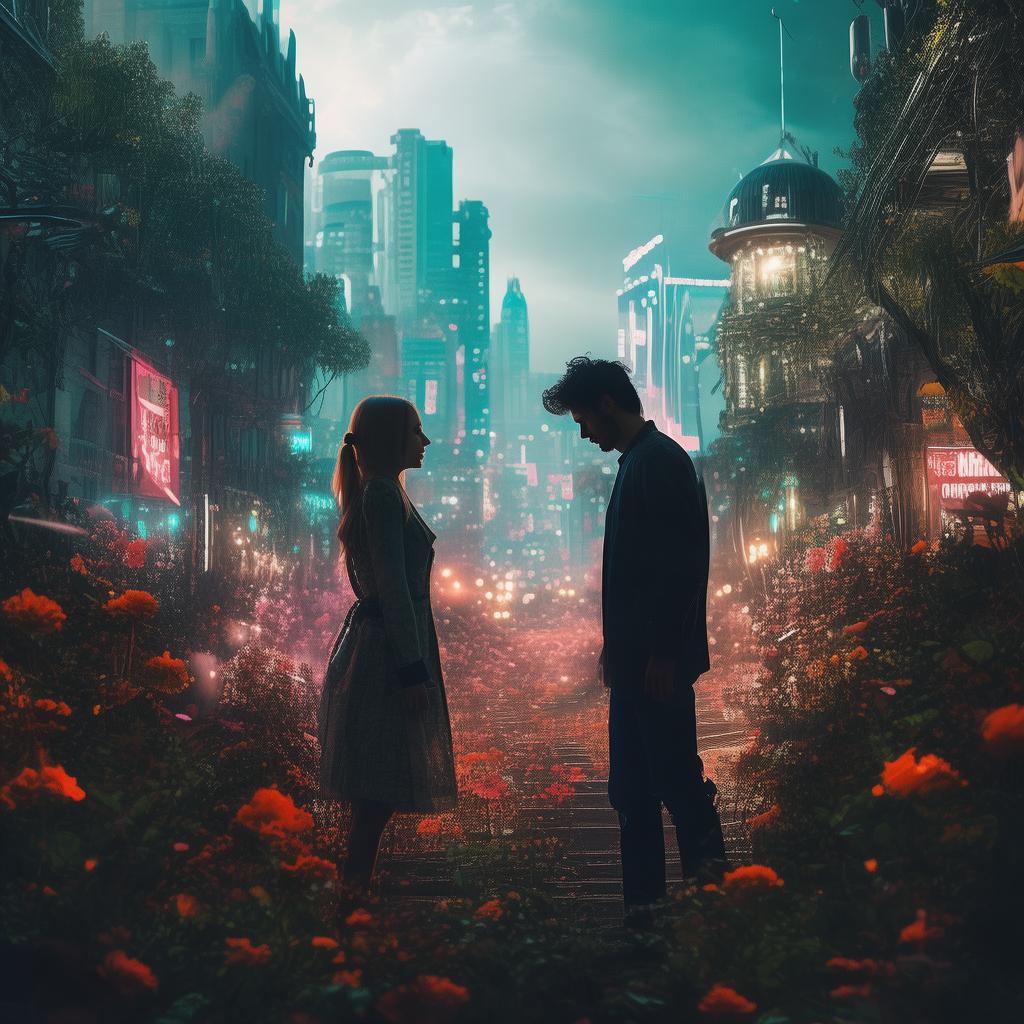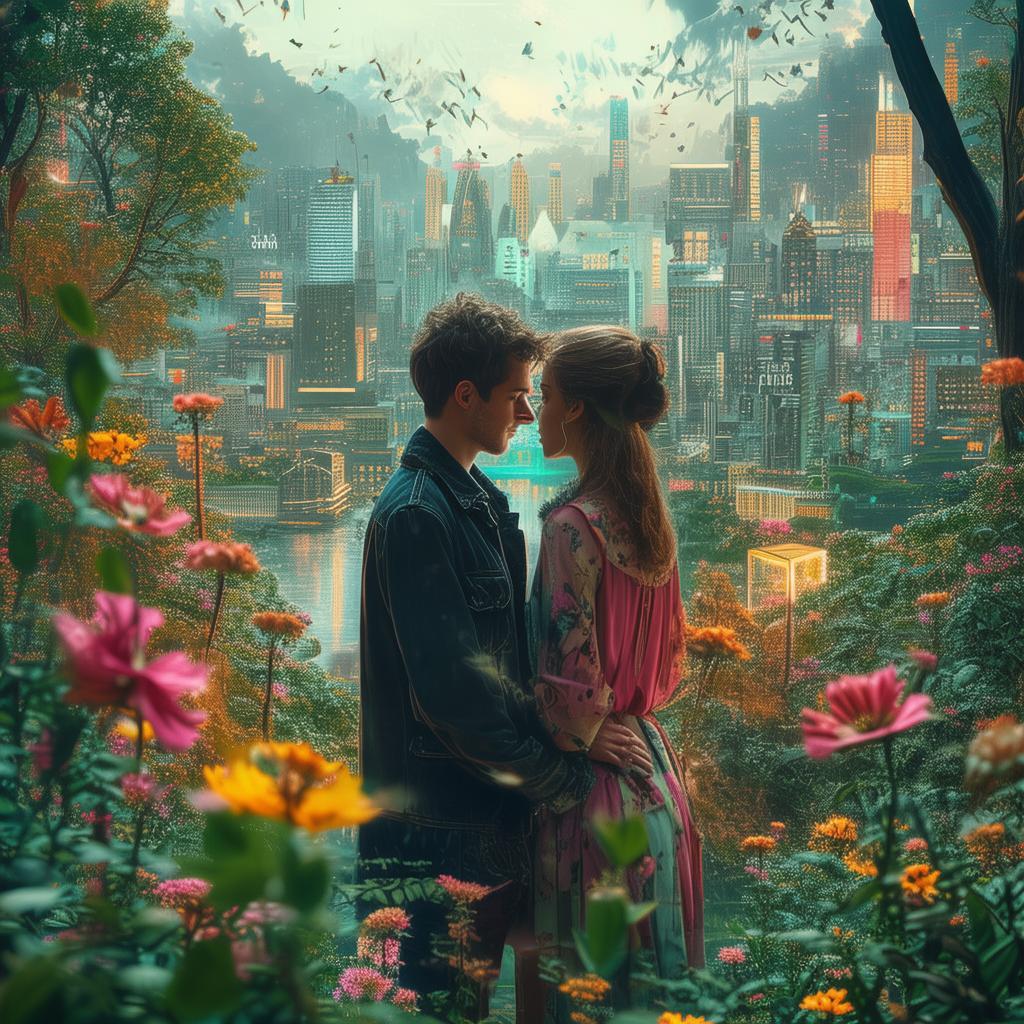Whispers of the Willow: A Haunting Love Triangle
In the quaint village of Amanohara, nestled between the whispering willows and the murmuring rivers, there lived a young woman named Haru. Her life was as serene as the gentle breeze that danced through the bamboo groves, until the day she met him.
Ryota, a traveling artist, arrived in the village with his sketchbook in hand, his eyes filled with the world's secrets and his heart brimming with tales of love and loss. He was captivated by Haru's beauty, her gentle smile, and the way she moved with grace, as if in a dance with the very earth itself.
Haru, too, found herself drawn to the enigmatic artist. They spent their days together, their laughter echoing through the village, their hands intertwined in a dance of their own. But as the days turned into weeks, Haru's heart grew heavy with a sense of unease. She felt the weight of a past that seemed to whisper secrets from the shadows, a past that was tied to the village's most haunting legend.
The legend of the Willow of Sorrow spoke of a love triangle that had torn the village apart centuries ago. It was said that the willow tree, whose branches wept with the tears of lovers, had witnessed the tragic tale of a man, a woman, and a musician, whose love was as strong as it was forbidden. The story ended with the musician's heart shattering into a thousand pieces, leaving behind a melody that echoed through the ages, a melody that was said to be the soul's eternal wail of heartache.
Haru's grandmother, an old woman with eyes that seemed to see beyond the veil of time, often spoke of the legend. She would sit by the willow tree, her fingers tracing the gnarled bark, her voice a haunting melody that seemed to resonate with the tree's own sorrow.
As Haru's love for Ryota grew, she couldn't shake the feeling that she was being pulled into the same web of tragedy. She discovered that her grandmother had a sketch of a young woman with eyes that mirrored her own, a woman who had once loved the same man as Haru. The sketch was dated to the same era as the Willow of Sorrow's legend.
One evening, as the moonlight bathed the village in a silvery glow, Haru confronted Ryota with her fears. "Ryota," she said, her voice trembling, "there is something in my past that binds us to this village's sorrow. I fear that our love will end as the legend foretells."
Ryota, his heart aching for Haru, tried to comfort her. "Love is not bound by the past, Haru. It is a force that transcends time and space."
But as the days passed, the shadows of the past began to close in on them. Haru's grandmother grew more agitated, her whispers growing louder as if she was trying to reach through the veil of time. One night, she took Haru to the willow tree and revealed a hidden compartment within the tree's trunk, containing a locket that held a photograph of the young woman from the sketch.
Haru realized that she was the descendant of the woman in the photograph, and that her love for Ryota was destined to repeat the tragic cycle of the past. She knew that she had to break the cycle, but how?
In a heart-wrenching decision, Haru chose to leave the village and the man she loved. She handed Ryota a sketch of the willow tree, a symbol of their love and the hope that it might survive the trials of time.
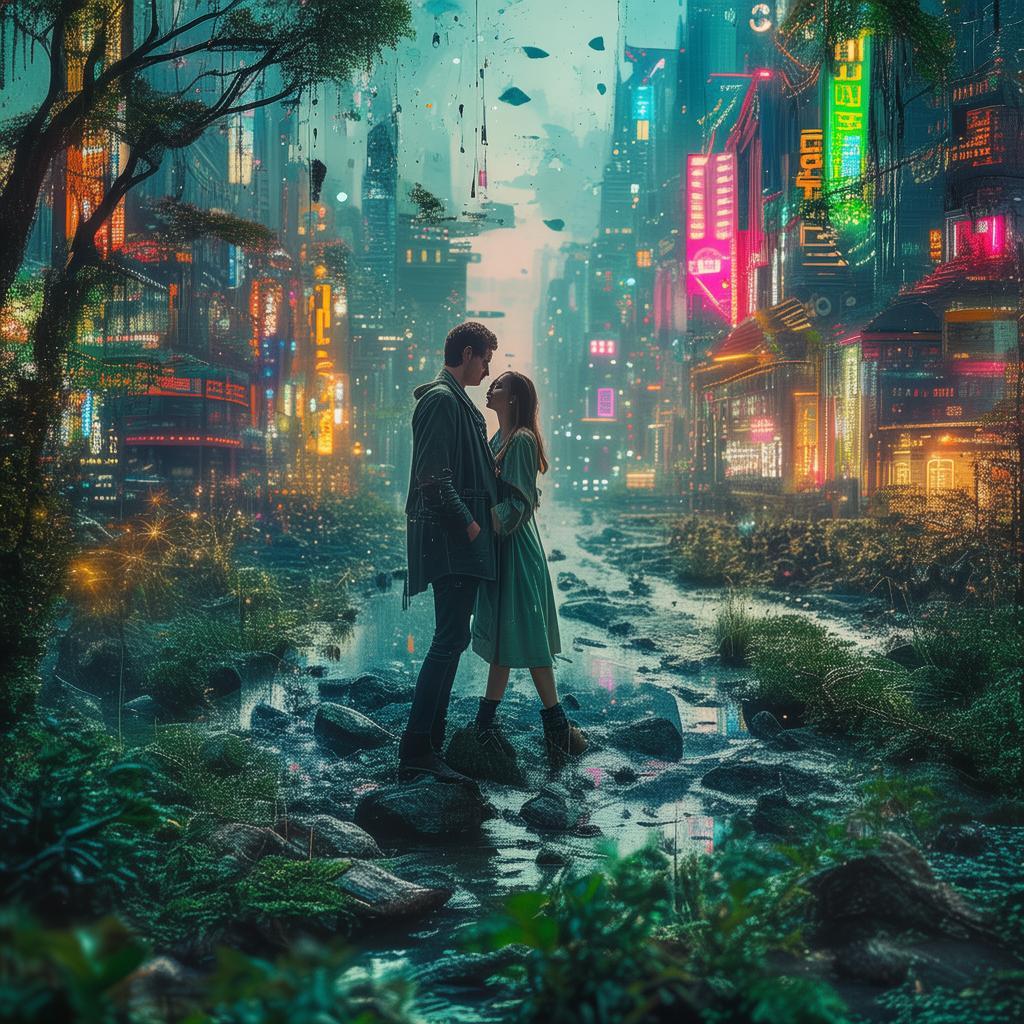
Ryota, understanding Haru's sacrifice, followed her path. He traveled the world, carrying the willow sketch with him, his heart heavy with the weight of their love's burden.
Years passed, and the legend of the Willow of Sorrow faded from the villagers' lips. But the melody of the ballad, the haunting echoes of heartache, continued to resonate through the ages, a testament to the enduring power of love and the tragic beauty of fate.
In a small, forgotten village, a young woman named Haru had danced with love and sorrow, her story woven into the very fabric of the earth. And though her love for Ryota had ended in heartache, it had also given birth to a new melody, one that would echo through the ages, a melody of love that would never be forgotten.
✨ Original Statement ✨
All articles published on this website (including but not limited to text, images, videos, and other content) are original or authorized for reposting and are protected by relevant laws. Without the explicit written permission of this website, no individual or organization may copy, modify, repost, or use the content for commercial purposes.
If you need to quote or cooperate, please contact this site for authorization. We reserve the right to pursue legal responsibility for any unauthorized use.
Hereby declared.
